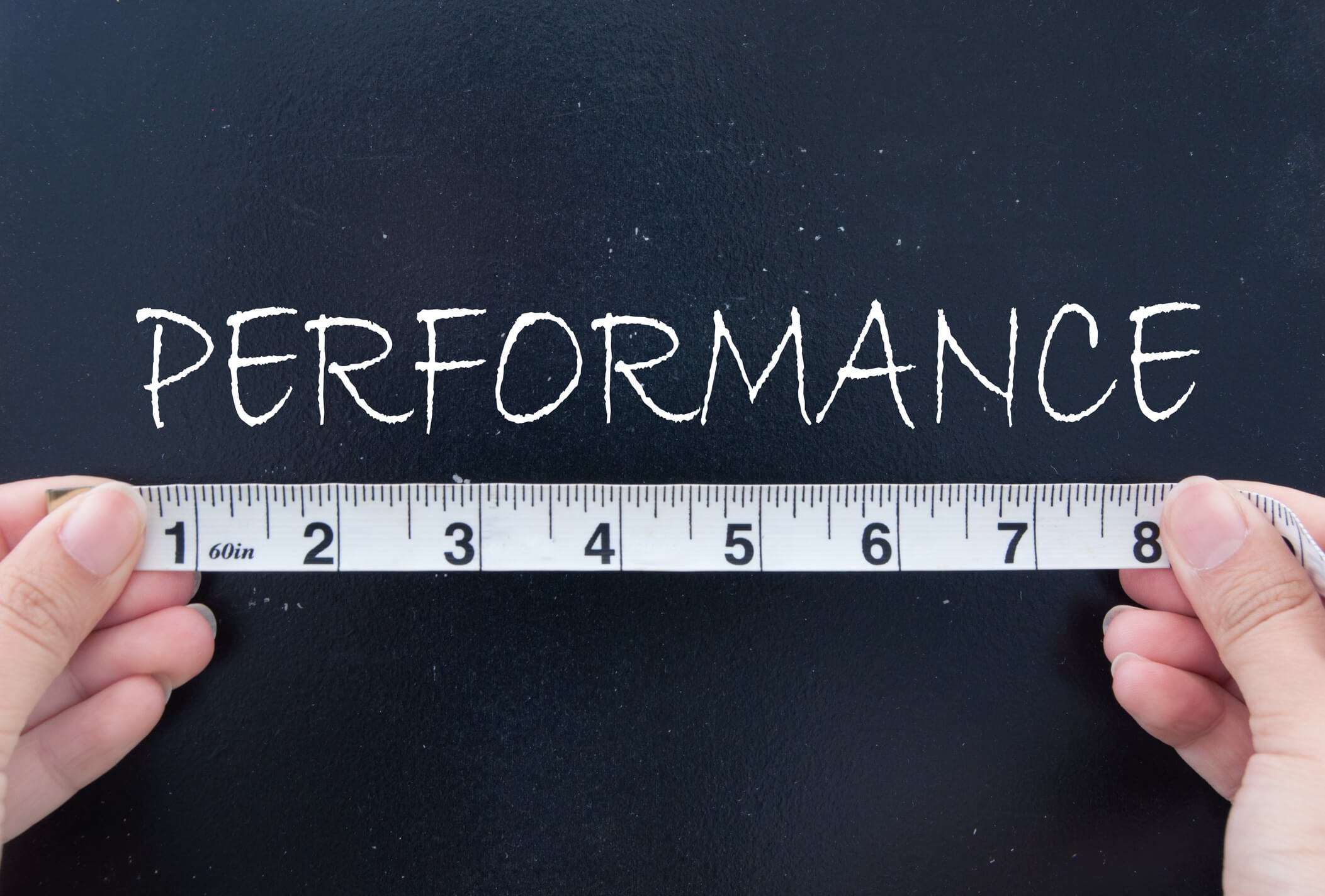The data obtained from these methods undeniably influences employee compensation packages, employment status, career advancements, and roles within the organization. This underscores the critical need for performance management approaches that facilitate precise and equitable evaluations of employee performance. To gauge business performance effectively, it is imperative to implement a standardized performance measuring system across the organization. Performance standards tangibly quantify the anticipated results for employees to meet the company’s expectations.
While each business may employ its unique methods to measure performance, the procedures outlined below can be universally applied to businesses based on their individual requirements.

Methods to Measure Business Performance
Graphics rating scales
Graphic rating scales are highly effective for manufacturing-oriented businesses and other workplaces dealing with high-volume products, especially in the food and beverage industry. Each trait is meticulously rated on a scale of 1 to 5, allowing for precise evaluation of employee performance. This approach offers a comprehensive and efficient assessment of an employee’s capabilities and productivity with utmost ease. This method requires nothing but planning and a little bit of effort, and the results are satisfactory. This is also time-efficient, which allows you to measure business performance in no time. It can be applied to a wide set of people with consistent results and little ambiguity. No matter what size of business you are in, you can apply this method and acquire first-hand data quickly, which can be further used to make vital business decisions.
Management by objective (MOB)
Management by objectives is a robust method used to evaluate the performance of senior employees, managers, and supervisors. All goals are meticulously identified, listed, and supported with the necessary resources for achievement. These goals are time-bound, requiring completion within specific timelines. Employees are extensively assessed based on their ability to meet these goals within the given time. The flexibility to adjust or update goals based on market conditions and other variables ensures adaptability. When goals are too ambitious and require rescheduling, they are carefully discussed and restructured.Implementing management by objectives guarantees that managers and supervisors clearly understand their goals, enabling them to perform accordingly. This method also facilitates the efficient identification of individuals who are unable to meet the set objectives. While this approach is a robust measure for evaluating employee performance, it demands patience for yielding results, given its thorough nature.
Forced ranking
General Electric successfully implemented forced ranking, although its popularity has waned over time. Despite this, the method remains effective for certain types of businesses. Forced ranking categorizes employees as top performers, average performers, or low performers, with approximately 20% being top performers, 70% falling into the average category, and 10% being the weakest performers.This method measures employee achievements relative to their peers rather than their past performances or KPIs, creating a competitive work environment that suits certain organizations. However, it may not be suitable for others. Therefore, the forced ranking should only be used after thoroughly analyzing your business needs and requirements.

Summary
As a small business owner, the utilization of business performance reporting cannot be overstated. It is an invaluable tool that provides a clear picture of your business, allowing for data-driven decisions that can lead to sustainable growth and competitive advantage. By effectively measuring and understanding your team’s performance, you’re not only recognizing your employees’ hard work and contributions but also identifying areas for improvement and optimizing processes accordingly. In essence, business performance reporting is crucial for ensuring that your small business not only meets expectations but also has the potential to exceed them, thereby unlocking new opportunities for success in an ever-evolving marketplace. About Complete Controller® – America’s Bookkeeping Experts Complete Controller is the Nation’s Leader in virtual bookkeeping, providing service to businesses and households alike. Utilizing Complete Controller’s technology, clients gain access to a cloud platform where their QuickBooks™️ file, critical financial documents, and back-office tools are hosted in an efficient SSO environment. Complete Controller’s team of certified US-based accounting professionals provide bookkeeping, record storage, performance reporting, and controller services including training, cash-flow management, budgeting and forecasting, process and controls advisement, and bill-pay. With flat-rate service plans, Complete Controller is the most cost-effective expert accounting solution for business, family-office, trusts, and households of any size or complexity.
About Complete Controller® – America’s Bookkeeping Experts Complete Controller is the Nation’s Leader in virtual bookkeeping, providing service to businesses and households alike. Utilizing Complete Controller’s technology, clients gain access to a cloud platform where their QuickBooks™️ file, critical financial documents, and back-office tools are hosted in an efficient SSO environment. Complete Controller’s team of certified US-based accounting professionals provide bookkeeping, record storage, performance reporting, and controller services including training, cash-flow management, budgeting and forecasting, process and controls advisement, and bill-pay. With flat-rate service plans, Complete Controller is the most cost-effective expert accounting solution for business, family-office, trusts, and households of any size or complexity.




